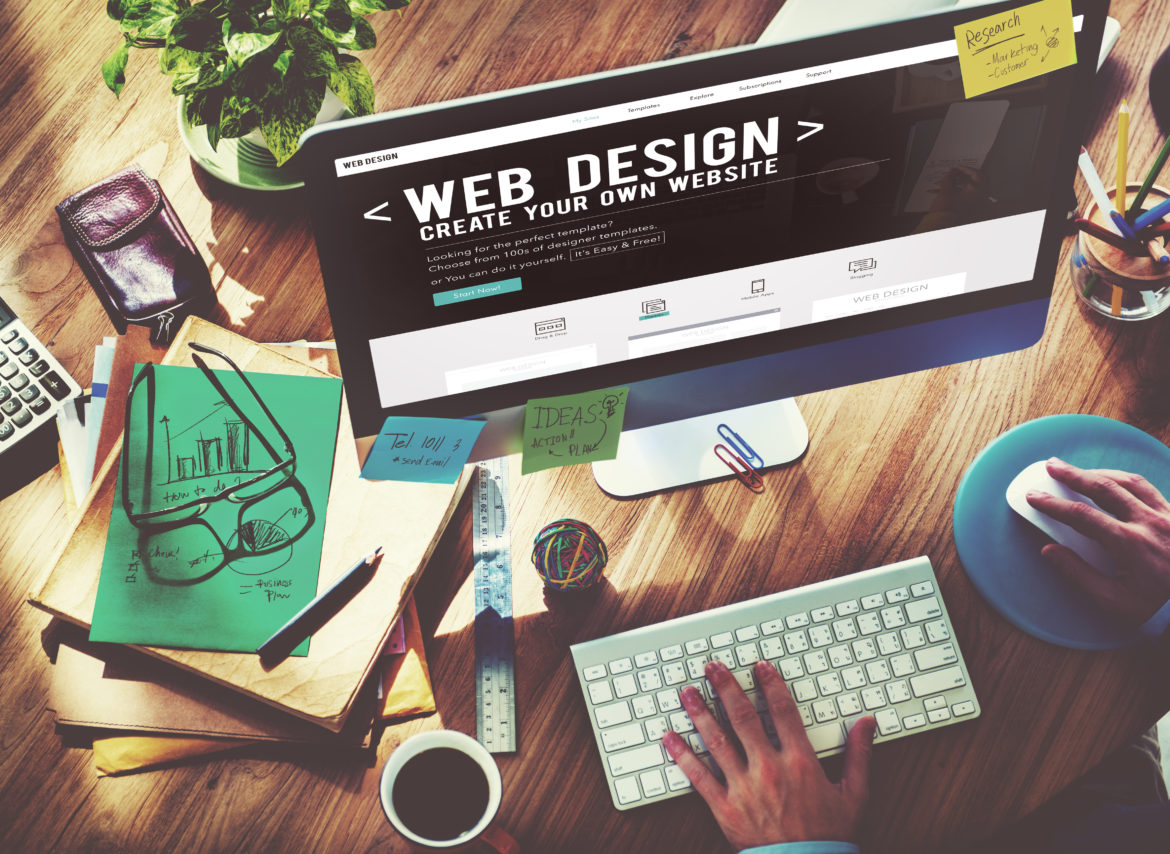We live in exciting times where the revolution of technology is at the forefront. In such a world where digital presence is key, a critical aspect that stands as a pillar in a brand’s online communication with its audience is web design. It is a dynamic field that consistently keeps evolving with time, technological advancements, changes in audience behaviour, as well as changing principles of design. Because of its nature, businesses have to keep up with the innovations and trends that continually happen in the industry in this digital age. In this blog, we will explore such trends that are currently on a high and have the potential to shape the future of the industry.
Responsive Design
Although not a new concept, the importance of responsive design is continually growing in today’s world, as smartphones have become to primary mode to access the internet. It has become the need of the hour to have a website that seamlessly adapts to screens of different sizes and resolutions to ensure uniformity across devices and a consistent user experience. It is an urgent necessity to prioritise creating a responsive web page from the offset of the process of designing.
Microinteractions
Certain small and subtle elements that are interactive such as animations or visual feedback loops by adding a layer of engagement and delight to the user experience are referred to as microinteractions. These can also include sounds, vibrations, or other cues in audio or video formats. Such microinteractions play a key role in guiding users and providing feedback across their time on the website. This is expected to become a fundamental innovation when we talk about the future of designing a website.
Dark Mode
Because of the aesthetic appeal of dark mode, it has become increasingly popular in recent years. It also provides potential energy-saving benefits for your devices, along with reducing the strain it can put on your eyes. Utilising dark color schemes can provide visual contrast that improves the ability to read and focus. The implementation of dark mode in website design has become increasingly popular and is expected to rise in the coming times to help users personalise their browsing experience as per their preferences.
Immersive experiences
Moving beyond designing just static pages, websites are now offering immersive experiences that capture the attention of the user and evoke responses and interactions. A number of websites have the feature of immersive 3D environments, interactive experiences, virtual tours, and more within the browser itself. Such immersive experiences are not expected to remain specific to industries, businesses from any and every field can utilise the power of these experiences and improve the interaction rate of their website.
Progressive Web Apps (PWAs)
Another innovation in the field of web design is progressive web apps – they combine the best features of native phone applications with the easy accessibility of web browsers, ensuring better functionality, fast performance, and push notifications. Working seamlessly on devices of all resolutions and sizes, PWAs eliminate the need for separate efforts to develop the app through iOS or Android, proving to be a cost-effective solution and still delivering an experience that feels like the application.
Final thoughts
To wrap it up, the future of website design is heavily based on the innovations that are brought about by technology, changing design trends, and the rising need for personalised experiences for the user. In the future, it is crucial for all types of businesses to be on top of these trends to create interactive, engaging, and compelling websites to stand out from competitors and thrive.



